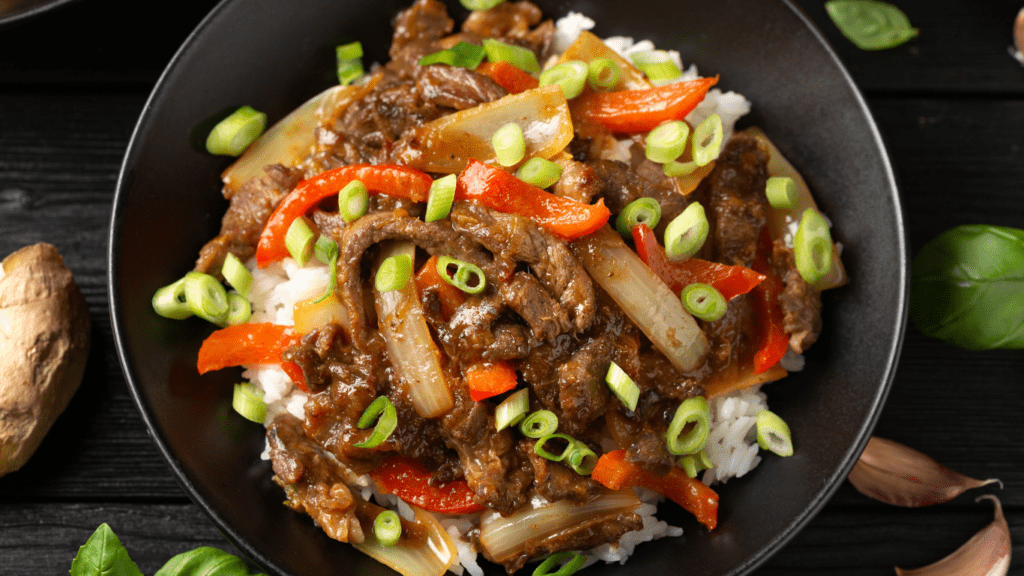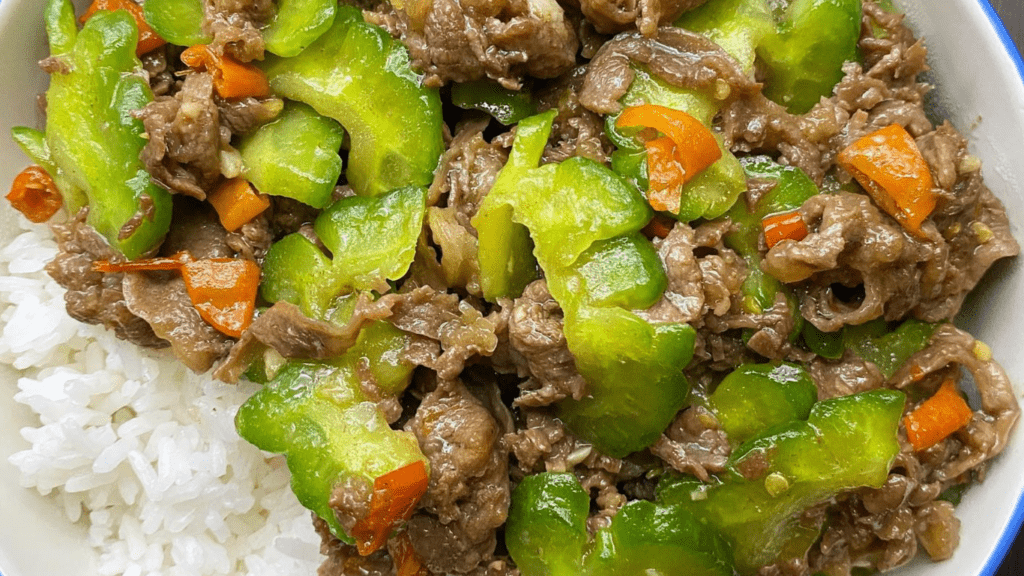Stir-frying is an art that balances the vibrant colors, crisp textures, and bold flavors of fresh ingredients. In this article, I’ll share expert tips on achieving the perfect stir-fry, where veggies retain their crunch and meat stays tender. Mastering the technique of stir-frying is not just about tossing ingredients in a hot pan; it’s about understanding the harmony of heat, timing, and seasoning to create a dish that’s both visually appealing and delicious. Join me as I guide you through the secrets of achieving that ideal stir-fry balance that will elevate your home cooking to restaurant-quality standards.
The Art of Stir-Frying
Stir-frying is a culinary technique that requires precision and finesse. When stir-frying, I focus on high heat and quick cooking to lock in the flavors and textures of the ingredients. It’s essential to have all your ingredients prepared and ready to go before you start cooking.
In the world of stir-frying, timing is everything. I make sure to add ingredients to the wok in the right order to ensure that each component is cooked to perfection. For example, I typically start with cooking meat first until it’s almost done, then set it aside before stir-frying the vegetables. This way, everything retains its distinct texture and taste.
One crucial aspect of stir-frying that I pay close attention to is the heat distribution. I ensure that the wok or pan is hot enough before adding the ingredients. When the vegetables and meat hit the pan, they should sizzle immediately, sealing in the juices and keeping the veggies crisp and the meat tender.
To achieve the perfect stir-fry, I always remember that less is more when it comes to sauce. I aim to add just enough sauce to coat the ingredients lightly without drowning them. This way, the flavors remain distinct, and the dish doesn’t become overly saucy.
Mastering the art of stir-frying takes practice, but with the right techniques and a good understanding of flavors, you can create restaurant-quality dishes in the comfort of your home.
Choosing the Right Ingredients
When it comes to creating the perfect stir-fry, selecting the right ingredients is paramount. The freshness and quality of your veggies and meat can make a significant difference in the final dish.
Selecting Fresh and Crisp Veggies
I always look for vibrant colors and firm textures when choosing veggies for stir-frying. Vegetables like bell peppers, snow peas, and broccoli are excellent choices due to their ability to retain a crunch even after cooking. Opt for organic produce when possible to ensure robust flavors.
Picking the Best Meat Cuts
For tender and flavorful meat in your stir-fry, selecting the right cuts is essential. I prefer cuts like flank steak, chicken thighs, or pork tenderloin as they cook quickly and remain juicy. Trim excess fat and slice the meat thinly against the grain to promote tenderness. Choose high-quality, fresh meat for the best results.
- Preparing for Stir-Fry Success
When it comes to preparing for stir-fry success, attention to detail is key. Properly slicing and dicing ingredients sets the stage for a flawless dish. - Properly Slicing and Dicing Ingredients
I slice veggies thinly to ensure quick and even cooking. A uniform cut allows for consistent texture and flavor in every bite. Dicing meat into bite-sized pieces helps it cook evenly and retain its tenderness.
Mastering the Stir-Fry Technique
Stir-frying is all about precision and speed. It’s essential to prepare all your ingredients beforehand because once you start cooking, things move quickly. The high heat helps achieve that coveted sear while keeping the vegetables crisp and the meat tender. To succeed in stir-frying, make sure your pan is hot enough to cook everything rapidly without steaming the ingredients.
Slicing and dicing your veggies and meat uniformly ensures even cooking. When everything is cut to a similar size, they cook at the same rate, preventing any pieces from being overcooked or underdone. This attention to detail guarantees a harmonious blend of flavors and textures in every mouthful.
The key to a successful stir-fry is not to overload the wok or pan. It’s tempting to add everything at once, but overcrowding the pan lowers its temperature, resulting in soggy ingredients instead of the desired crispness. Cook in batches if needed to maintain the high heat required for an excellent stir-fry.
Mastering the stir-fry technique is as much about timing as it is about the actual cooking. Knowing when to add each ingredient ensures that everything is perfectly cooked without anything becoming mushy. Timing is crucial for achieving that ideal balance of flavors and textures in a stir-fry dish.
Achieving the Perfect Balance of Flavors
Maintaining a delicate balance of flavors is essential in creating a stellar stir-fry dish. When it comes to harmonizing the taste elements in your stir-fry, each ingredient plays a crucial role. The fusion of sweet, salty, sour, and umami flavors is what sets a remarkable stir-fry apart from the rest.
To achieve the perfect balance of flavors in your stir-fry, it’s vital to pay attention to the seasoning. Start by using the right combination of soy sauce, oyster sauce, and some acidity from vinegar or citrus juice. These elements not only enhance the taste but also contribute to the overall balance of the dish.
Furthermore, don’t overlook the impact of aromatics like garlic, ginger, and scallions. These ingredients not only add depth to the flavor profile but also infuse a fragrant aroma that elevates the dish to a whole new level. Incorporating these aromatics at the right stage of cooking ensures they release their full potential without overpowering the other flavors.
Remember, achieving the perfect balance of flavors is a delicate dance that requires attention to detail and a keen palate. By mastering the interplay of seasonings, aromatics, and cooking techniques, you’ll be able to create stir-fries that are bursting with complexity and depth.



 Food Travel Writer
Suzette is the adventurous spirit of the team, exploring culinary landscapes around the globe. Her love for food and travel inspires her to create engaging guides that highlight local cuisines and hidden gems. Through her writing, Suzette takes readers on a journey, encouraging them to discover new flavors and cultures while savoring their meals.
Food Travel Writer
Suzette is the adventurous spirit of the team, exploring culinary landscapes around the globe. Her love for food and travel inspires her to create engaging guides that highlight local cuisines and hidden gems. Through her writing, Suzette takes readers on a journey, encouraging them to discover new flavors and cultures while savoring their meals.